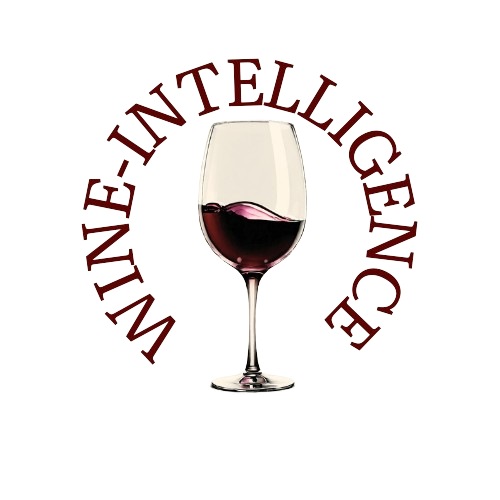The no-alcohol market in the United States is experiencing impressive growth, with a projected 18% compound annual growth rate (CAGR) from 2024 to 2028.
Though this represents a slight deceleration compared to previous years, it still underscores the market's robust momentum. By 2028, the total no-alcohol market is expected to approach USD 5 billion, reflecting its increasing prominence in the beverage industry.
This growth is being driven by a variety of factors, including the dominance of no-alcohol beer, the rising popularity of ready-to-drink (RTD) beverages, and the expanding presence of no-alcohol spirits. While no-alcohol wine grows steadily through its established consumer base, these sectors collectively highlight a significant shift in consumer preferences toward non-alcoholic alternatives. Across all categories, no-alcohol beverages are poised to outperform their alcoholic counterparts, signaling a fundamental transformation in the way consumers engage with drinks.
Key Growth Drivers
-
No-Alcohol Beer Dominance
No-alcohol beer continues to be the leading volume driver, benefiting from increasing market maturity and continued investment in new brands. -
No-Alcohol RTDs on the Rise
Ready-to-drink (RTD) no-alcohol beverages are achieving record volumes, with over 20% CAGR projected for 2024-2028. -
No-Alcohol Spirits Gaining Traction
With an anticipated 18% CAGR, no-alcohol spirits are expanding due to heightened awareness from new product launches. -
No-Alcohol Wine's Steady Growth
More mature than other segments, no-alcohol wine will grow through an established consumer base.
Across all segments, no-alcohol beverages are set to outperform their full-strength counterparts, highlighting the shifting consumer landscape.
Premiumisation and Consumer Trends
Premium-and-above price tiers are leading the growth in no-alcohol beer, wine, and spirits, with an increasing presence of high-end offerings in the market. No-alcohol spirits currently hold the largest premium share of any segment, while the wine category benefits from both value brands and premium newcomers.
Millennials make up the largest share of no-alcohol consumers, frequently experimenting across different categories. Gen Z legal drinkers are emerging as occasional moderators, while Boomers are more likely to abstain completely. Health consciousness and a desire to limit alcohol intake remain the main reasons for choosing no-alcohol options.
Challenges and Barriers to Growth
Despite its momentum, the no-alcohol market faces hurdles:
- Availability and Taste – Wider distribution and improved product quality remain crucial.
- Pricing Conflicts – Boomers expect lower prices, but production costs remain high.
Innovation in No-Alcohol Beverages
Innovation is driving the industry beyond taste. Companies like AF, GABA Labs, and Sentia are exploring botanical and synthetic compounds to replicate alcohol’s effects without intoxication or hangovers. Additionally, sober celebrities such as Tom Holland and the Delevingne sisters are boosting awareness and reshaping perceptions around no-alcohol beverages.
With investment and consumer interest growing, the US no-alcohol market is poised for significant expansion, blending premium offerings, health-driven demand, and cutting-edge innovation.
Source: IWSR

